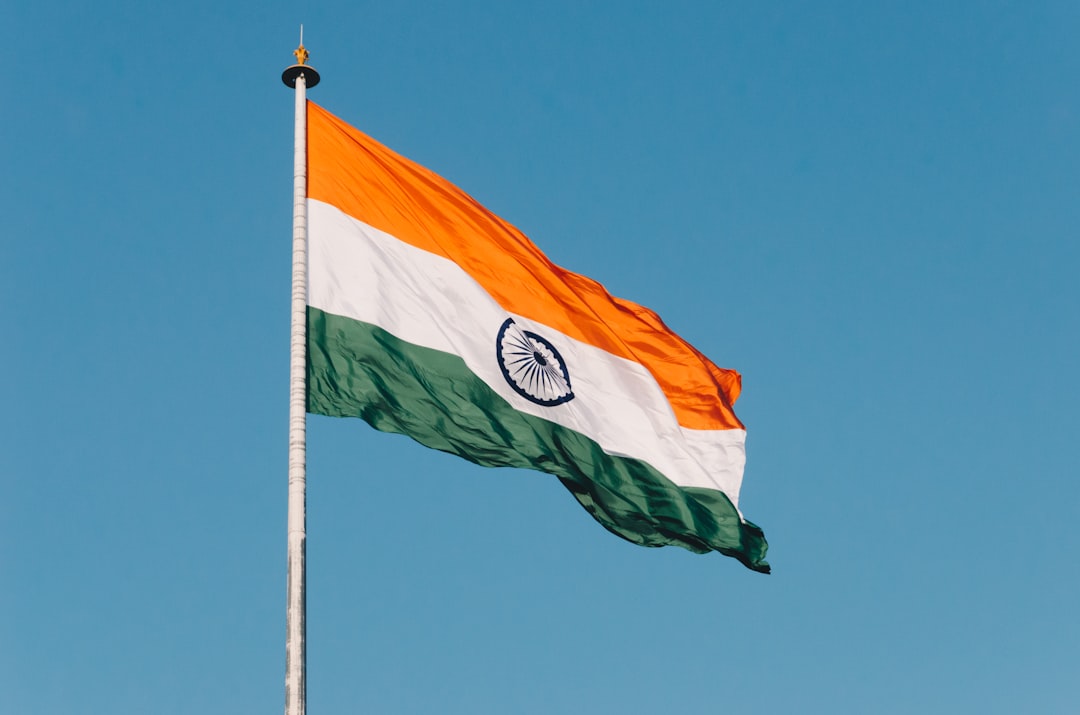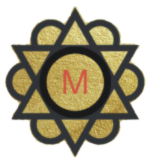
Tarot cards have long been a source of fascination and intrigue, often associated with divination, self-reflection, and spiritual guidance. Originating in the 15th century as a card game in Europe, the Tarot evolved into a tool for insight and introspection by the late 18th century. A standard Tarot deck consists of 78 cards, divided into the Major Arcana and Minor Arcana.
The Major Arcana comprises 22 cards that represent significant life events and spiritual lessons, while the Minor Arcana consists of 56 cards divided into four suits—Wands, Cups, Swords, and Pentacles—each reflecting different aspects of daily life. The imagery and symbolism found within Tarot cards are rich and multifaceted, often drawing from various cultural, historical, and spiritual traditions. Each card carries its own meaning, which can be interpreted in numerous ways depending on the context of a reading.
For many practitioners, Tarot serves not only as a means of predicting the future but also as a mirror reflecting one’s inner thoughts, emotions, and challenges. This introspective quality makes Tarot an invaluable tool for personal growth and self-discovery.
Key Takeaways
- Tarot cards are a tool for gaining insight and guidance through symbolism and intuition.
- Chakras are the seven energy centers in the body that correspond to different aspects of life and health.
- Tarot cards and chakras are connected through their ability to provide guidance and promote self-awareness.
- Using tarot cards to align chakras involves selecting cards that correspond to each chakra and meditating on their meanings.
- Tarot card spreads for chakra alignment can help identify areas of imbalance and provide guidance for healing and alignment.
- Incorporating chakra healing into your tarot card practice can enhance the depth and effectiveness of your readings.
Exploring Chakras: The Seven Energy Centers
Chakras are energy centers within the human body that play a crucial role in maintaining physical, emotional, and spiritual well-being. Rooted in ancient Indian traditions, particularly within Hinduism and Buddhism, the concept of chakras posits that there are seven primary energy centers aligned along the spine. Each chakra corresponds to specific physical organs, emotional states, and spiritual aspects of life.
The seven chakras are the Root (Muladhara), Sacral (Svadhisthana), Solar Plexus (Manipura), Heart (Anahata), Throat (Vishuddha), Third Eye (Ajna), and Crown (Sahasrara). The Root chakra, located at the base of the spine, is associated with feelings of safety and grounding. The Sacral chakra governs creativity and emotional expression, while the Solar Plexus chakra is linked to personal power and self-esteem.
The Heart chakra represents love and compassion, whereas the Throat chakra is connected to communication and self-expression. The Third Eye chakra is associated with intuition and insight, and finally, the Crown chakra represents spiritual connection and enlightenment. Each chakra must be balanced and aligned for optimal health, as blockages or imbalances can lead to physical ailments or emotional distress.
The Connection Between Tarot Cards and Chakras

The relationship between Tarot cards and chakras is both profound and intricate. Each Tarot card can resonate with specific chakras based on its symbolism and meaning. For instance, cards that embody themes of grounding, stability, or security may align with the Root chakra.
Similarly, cards that evoke creativity or emotional depth may correspond to the Sacral chakra. This interconnectedness allows practitioners to use Tarot as a tool for exploring their energetic states and identifying areas that may require attention or healing. Moreover, Tarot readings can serve as a diagnostic tool for assessing chakra health.
By drawing cards that represent various aspects of life—such as relationships, career, or personal growth—individuals can gain insights into which chakras may be blocked or overactive. This awareness can guide them toward targeted healing practices or meditative techniques aimed at restoring balance within their energy centers. The synergy between Tarot and chakras creates a holistic approach to self-exploration and healing.
How to Use Tarot Cards to Align Your Chakras
Using Tarot cards to align your chakras involves a mindful approach that combines intuition with an understanding of both systems. Begin by setting a clear intention for your reading; this could be a specific question about your emotional state or a general inquiry into your overall well-being. Once you have established your intention, shuffle the deck while focusing on your energy centers.
As you draw cards, pay attention to any intuitive feelings or thoughts that arise. After drawing your cards, take time to analyze their meanings in relation to your chakras.
Are you nurturing your creative side? Are there emotional blockages preventing you from fully expressing yourself? Reflecting on these questions can help you identify areas for growth or healing.
In addition to interpreting individual cards, consider creating a spread specifically designed for chakra alignment. This could involve laying out cards in a vertical line representing each chakra from Root to Crown. As you interpret each card’s meaning in relation to its corresponding chakra, take note of any patterns or themes that emerge.
This practice not only enhances your understanding of the Tarot but also deepens your connection to your energetic body.
Tarot Card Spreads for Chakra Alignment
Creating specific Tarot spreads for chakra alignment can enhance your practice by providing structure and focus during your readings. One effective spread is the Seven-Card Chakra Spread, where each card corresponds to one of the seven chakras. To perform this spread, shuffle your deck while concentrating on your energy centers.
Then draw seven cards one by one, placing them in a vertical line from Root to Crown. As you interpret each card, consider how it relates to the corresponding chakra’s attributes. For instance, if you draw The Tower card for the Solar Plexus chakra, it may indicate upheaval in your sense of personal power or self-esteem.
Conversely, drawing The Lovers card for the Heart chakra could signify harmony in relationships or an opportunity for deeper connections. This spread allows you to gain insights into each energy center’s health while also identifying areas that may require further exploration or healing. Another useful spread is the Three-Card Chakra Spread, which focuses on identifying blockages within your energy centers.
In this spread, draw three cards: the first represents what is currently blocking your energy flow; the second indicates what you need to release; and the third offers guidance on how to restore balance. This concise approach can provide clarity and direction in addressing specific issues related to your chakras.
Incorporating Chakra Healing into Your Tarot Card Practice

Integrating chakra healing into your Tarot practice can create a more holistic approach to self-discovery and personal growth. After identifying imbalances through your readings, consider incorporating various healing modalities that resonate with you. Techniques such as meditation, yoga, sound healing, or crystal therapy can complement your Tarot practice by addressing energetic blockages.
For instance, if your reading reveals an imbalance in the Heart chakra, you might engage in heart-opening yoga poses like Camel Pose or Bridge Pose while visualizing green light—associated with the Heart chakra—flowing through your body. Alternatively, using crystals such as rose quartz or green aventurine during your readings can enhance your connection to love and compassion. Additionally, journaling about your Tarot insights can deepen your understanding of both the cards and your energetic state.
Write down reflections on each reading, noting any patterns or recurring themes related to your chakras. This practice not only solidifies your learning but also serves as a valuable resource for tracking your progress over time. By weaving together the wisdom of Tarot with the principles of chakra healing, you create a dynamic framework for personal transformation.
This integrative approach empowers you to explore both the spiritual and energetic dimensions of your being while fostering a deeper connection to yourself and the universe around you.
If you are interested in exploring the world of divination further, you may want to check out this article on Understanding Numerology for Mobile Numbers. Numerology is another fascinating practice that can provide insight into various aspects of your life based on numbers. It can be a valuable tool to complement your understanding of Tarot Cards and Chakras in aligning your energy.
FAQs
What are tarot cards?
Tarot cards are a deck of 78 cards that are used for divination, meditation, and self-reflection. Each card has its own imagery and symbolism, and can be interpreted in various ways to provide insight and guidance.
What are chakras?
Chakras are energy centers within the body that are believed to correspond to different aspects of our physical, emotional, and spiritual well-being. There are seven main chakras, each located at a specific point along the spine.
How can tarot cards and chakras be aligned?
Aligning tarot cards and chakras involves using the imagery and symbolism of the cards to focus on and balance the energy of each chakra. This can be done through meditation, visualization, and intention-setting.
What are the benefits of aligning tarot cards and chakras?
Aligning tarot cards and chakras can help to promote self-awareness, emotional healing, and spiritual growth. It can also provide insight into areas of imbalance or blockages within the chakras, and offer guidance on how to address them.
Can aligning tarot cards and chakras be used for healing?
Some people believe that aligning tarot cards and chakras can be a tool for healing, as it can help to identify and address energetic imbalances that may be contributing to physical or emotional issues. However, it is important to note that this should not be used as a substitute for professional medical or psychological treatment.






